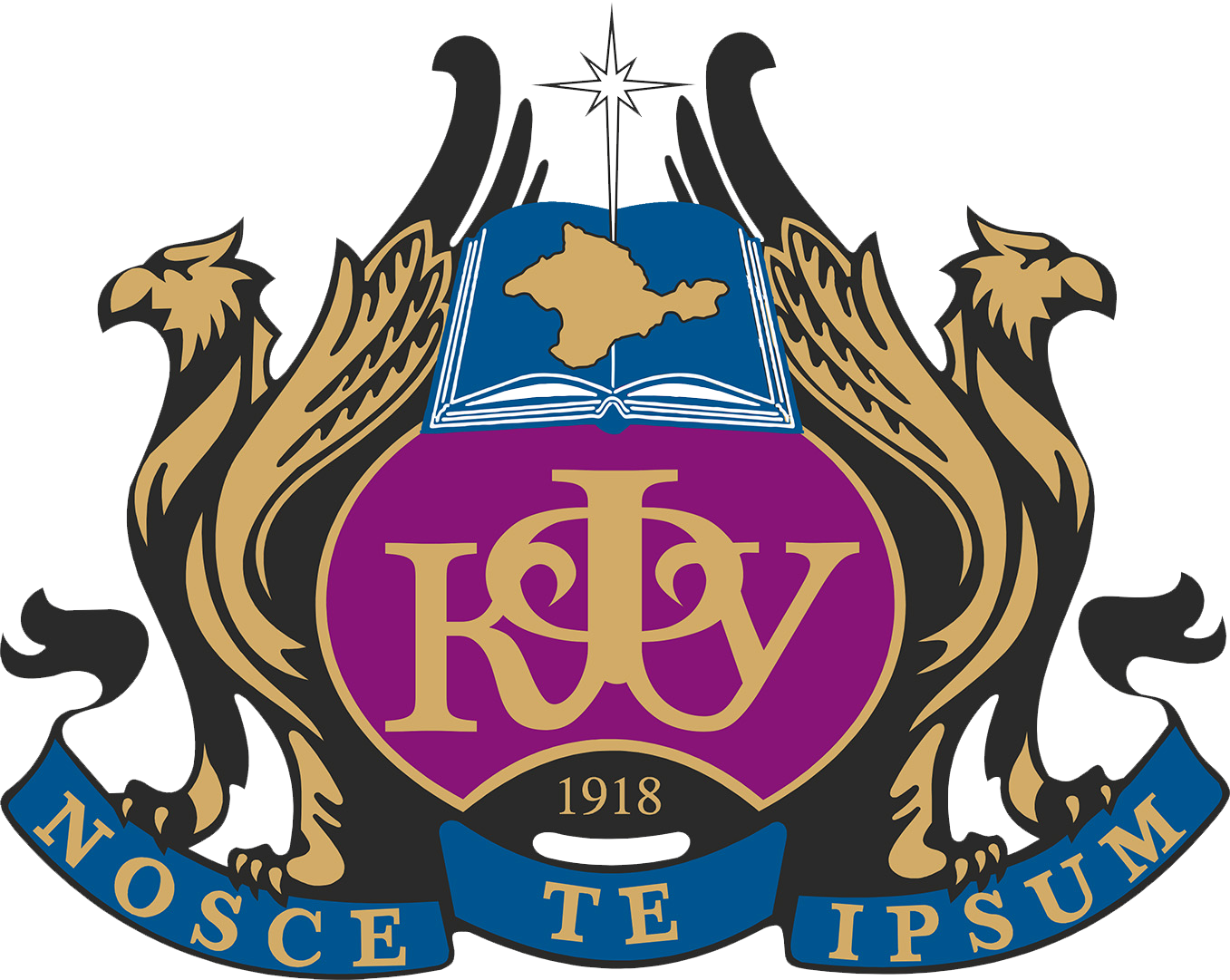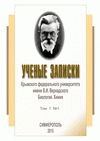The functioning of the oil and gas complex is associated with the use of a large number of complex chemicals that are used in the process of drilling wells and possible oil spills during its extraction, transportation and processing, which has an extremely negative impact on marine aquatic organisms. To reduce the consequences of oil accidents, special substances are used – dispersants, which are sprayed in the marine environment and help accelerate the degradation of oil. At the same time, dispersants and their components are xenobiotic compounds for the marine environment and its inhabitants, therefore, the assessment of their possible toxicity is an important and urgent problem for ensuring the functioning of the oil and gas complex in the coastal zone of the seas and oceans. The effect of a dispersant used in oil spills to reduce pollution of water areas was studied at concentrations of 0.1; 0.5; 1; 5 and 10 mg/l on the survival rate of fertilized eggs, prelarvae and the dynamics of their hatching of stellate sturgeon Acipenser stellatus in fresh and 5 ‰ salt water The results observed, that hatching of prelarvae from eggs incubated in dispersant solutions increased slightly in relation to the control at a substance concentration of 0.1 and 0.5 mg/l, but then sharply decreased with an increase in the concentration of the toxicant. Hatching of prelarvae at all studied concentrations of dispersant occurred simultaneously with the control on the 5th day of incubation. In this case, the maximum output of prelarvae from eggs was noted on the 6th day at a dispersant concentration of 0.5 mg/l. The survival rate of hatched prelarvae in solutions of the substance with a concentration of 0.1-1 mg/l did not differ from the control However, this indicator was significantly lower (p<0.01) when kept in solutions with a concentration of the substance of 5 and 10 mg/l. Therefore, our studies also allowed us to establish a certain effect of the dispersant on the development of stellate sturgeon embryos. It was found that at low dispersant concentrations (0.1–0.5 mg/l), there is a certain tendency to stimulate the hatching of prelarvae, whereas with an increase in the content of the toxicant in the medium, a significant decrease in this indicator occurred. This may be due to the interaction of the shell of the eggs with the surfactant, a change in its configuration, facilitating the hatching of prelarvae. Other researchers also noted changes in the activity of bacteria and disruption of their vital functions under the action of surfactants. At the same time, the dispersant did not have a significant effect on the dynamics of hatching of stellate sturgeon prelarvae, which corresponded to both control variants. A different picture was noted during the incubation of prelarvae in dispersant solutions. If their survival at a substance concentration of 0.1–1 mg/l did not differ significantly from the indicators of both control groups, then with an increase in the substance content to 5 and 10 mg/l, the values were significantly reduced (p<0.01). It follows from this that the prelarvae were more sensitive to the action of the dispersant than the fish eggs. This is due to the protective function of the egg shell, which protects the developing embryo from unfavorable external factors, including toxicants of anthropogenic origin. Earlier, we also noted that the sensitivity of prelarvae and larvae of fish to the action of oil is significantly higher than that of eggs. The possibility of using fish embryos to assess the ecological state of coastal waters in areas of intensive oil and gas production, as well as in the event of emergency oil spills in water areas is discussed. this parameter. The possibility of using fish embryos to assess the ecological state of coastal waters in areas of intensive oil and gas production and well drilling is discussed. Conducting studies to determine the toxicity of dispersants is necessary for the development of new environmentally safe preparations and methods of their use.
pollution, toxicity, water quality, oil spills, fish embryos and prelarvae
1. Fuller C. Comparative toxicity of oil, dispersant and oil plus dispersant to several marine species / C. Fuller. J. Bonner, C. Page [et al.] // Environ.Toxicol. Chem. – 2004. – Vol. 23(12). – P. 2941–2949.
2. Voskoboinikov G. M. Participation of the green algae Ulvaria obscura in bioremediation of sea water from oil products / G. M.Voskoboinikov, G. G. Matishov, L. O. Metelkova, [et al]. // Doklady Akademii Nauk.– 2018.
3. Morskoy enciklopedicheskiy slovar'
4. Chursin F. V. Avariynye razlivy nefti: sredstva lokalizacii i metody likvidacii / F. V. Chursin, S. V. Gorbunov, T. V. Fedotova // Pozharnaya bezopasnost'. – 2004. – №3. – S.176–189.
5. Mochalova O. S. Metody bor'by s avariynym zagryazneniem vodoemov neft'yu/O. S. Mochalova, L. M. Gurvich, N. M. Antonova//Zaschita okruzhayuschey sredy v neftegazovom komplekse.– 2004.–№3.– S. 20–25.
6. Page C. A. Behavior of a chemically-dispersed oil and a whole oil on a near-shore environment / C. A. Page, J. Bonner, P. Sumner [et al.] // Water Res. – 2000. – Vol. 34. – P. 2507–2516.
7. Bradik D. I. Toksichnost' dispergentov, primenyaemyh pri likvidacii razlivov nefti / D. I. Bradik, E. A. Mazlova, O. A. Kulikova // Materialy V Mezhdunarodnoy nauchno-prakticheskoy
8. Edwards K. R Toxicity comparison of biosurfactants and synthetic surfactants used in oil spill remediation of two estuarine species / K. R. Edwards, J. E. Lepo, M. A. Lewis // Mar Pollut Bull. – 2003. – Vol. 46.
9. Beyer J. Environmental effects of the Deepwater Horizon oil spill: A review. / J Beyer, H. C. Trannum, T. Bakke [et al]. // Mar. Pollut. Bull. – 2016. –Vol. 110 (1). – P. 28–51.
10. Vecsei P. Threatened fishes of the world, Acipenser stellatus, Pallas, 1771 (Acipenseridae) / P. Vecsei, D. Peterson, R. Suciu [et al.]. // Environmental Biology of Fishes. – 2007. – Vol. 78. –P. 211–212.
11. Moghim M. Determination of sex and maturity in Acipenser stellatus by using ultrasonography / M. Moghim, A. R. Vajhi, A. Veshkini [ et al] // J. Appl. Ichthyol. – 2002. – Vol. 18. – P. 325–328.
12. Metodicheskie ukazaniya po razrabotke normativov kachestva vody vodnyh b'ektov rybohozyaystvennogo znacheniya, v tom chisle normativov PDK vrednyh veschestv v vodah vodnyh ob'ektov ot
13. Simakov Yu. G. Ocenka toksichnosti dispergentov na organizmy zooplanktona / Yu. G. Simakov, D. L. Nikiforov-Nikishin, P. Yu. Tatarenko // Sbornik statey Vtoroy mezhdunarodnoy konferencii
14. Etkin D. Oil Spill Dispersants: From Technology to Policy / D. Etkin // Cutter Information, Arlington, MA, USA. – 1999. – 306 r.
15. Kanga S. A. Solubilization of naphthalene and methyl-substituted naphthalenes from crude oil using biosurfactants / S. A. Kanga, J. S. Bonner, C. A. Page [et al.]. // Environ. Sci. Technol. – 1997. – Vol. 31.
16. Barabashin T. O. Metodicheskoe obespechenie monitoringa zagryazneniya vodnyh ob'ektov Azovo-Chernomorskogo basseyna. / T. O. Barabashin, I. V. Korablina, L. F. Pavlenko [i dr.]. // Vodnye
17. Soleimanpour M. Effect of some detergents (Anionic surfactants) on embryogenesis, hatch percentage, larvae abnormalities, and cortisol levels in rainbow trout (Oncorhynchus mykiss). / M. Soleimanpour,
18. Antipova K. A. Vliyanie poverhnostno-aktivnyh veschestv na rost i destruktivnuyu aktivnost' uglevodorodokislyayuschih mikroorganizmov / K. A. Antipova, A. S. Muradyan // Vestnik Kazanskogo
19. Rudneva I. I. Interspecies peculiarities of biomarkers response of marine fish embryos to oil pollution. / I. I. Rudneva // Pollution. – 2023. – Vol. 9 (1). – P. 243–253.
20. Khan R. A. Chapter 7 - Detergents, Editor(s): Muhammad Zaffar Hashmi, Shuhong Wang, Zulkfil Ahmed / R. A. Khan // In Advances in Pollution Research, Environmental Micropollutants, Elsevier. – 2022.
21. Ivanova M. A. Likvidaciya neftyanyh zagryazneniy / M. A. Ivanova, N. S. Chikina, L. A. Zenitova // Butlerovskie soobscheniya. – 2012. – T. 29 (3). – S. 1–12.





